Step-by-step explanation:
Refer to your previous question:
Radius of the inscribed circle is the apothem of the hexagon.
Apothem (a) and half of the side (s) make a 30-60-90 right triangle.
The ratio of the legs, as per property of 30-60-90 triangle:
s : a = 1 : √3 ⇒ s : 10√3 = 1 : √3 ⇒ s = 10Half the side is s = 10 units, then side of the hexagon is 20 units.
The area of the hexagon:
A = 1/2Pa, P- perimeter, a- apothem A = 1/2(6*20)*(10√3) = 600√3Correct choice is D
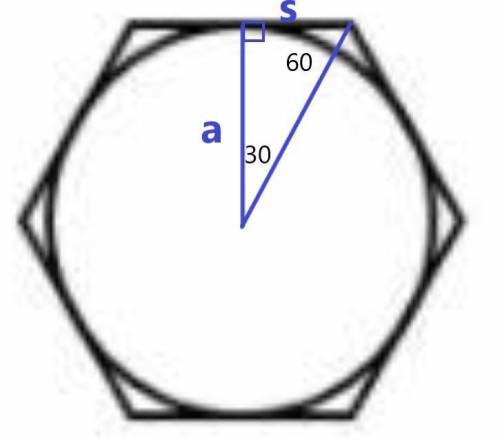
Step-by-step explanation:
Refer to your previous question:
Radius of the inscribed circle is the apothem of the hexagon.
Apothem (a) and half of the side (s) make a 30-60-90 right triangle.
The ratio of the legs, as per property of 30-60-90 triangle:
s : a = 1 : √3 ⇒ s : 10√3 = 1 : √3 ⇒ s = 10Half the side is s = 10 units, then side of the hexagon is 20 units.
The area of the hexagon:
A = 1/2Pa, P- perimeter, a- apothem A = 1/2(6*20)*(10√3) = 600√3Correct choice is D

 7
7  7
7  9
9 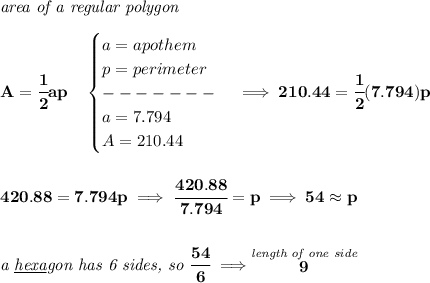
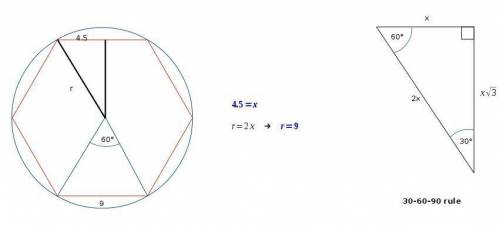
Cost of 7 gallons=$24.50
Cost of 1 gallon=24.50/7=3.5
Cost of 15 gallons=15*3.5=52.5
Cost of 15 gallons will be $52.5
For 1 flavor there are 9 topping
Therefore, for 5 different flavors there will be 5*9 choices
No of choices= 5*9
=45
The answer is in the image
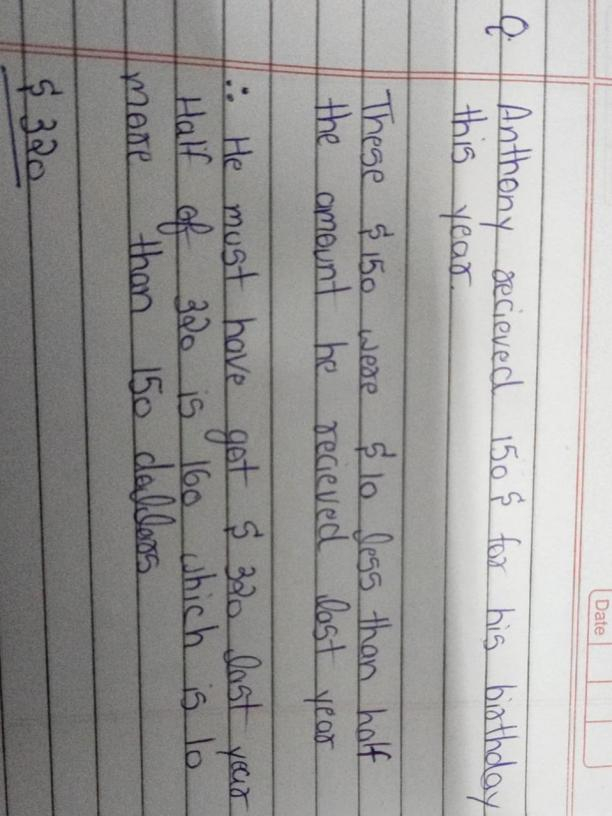
The solution is in the following image
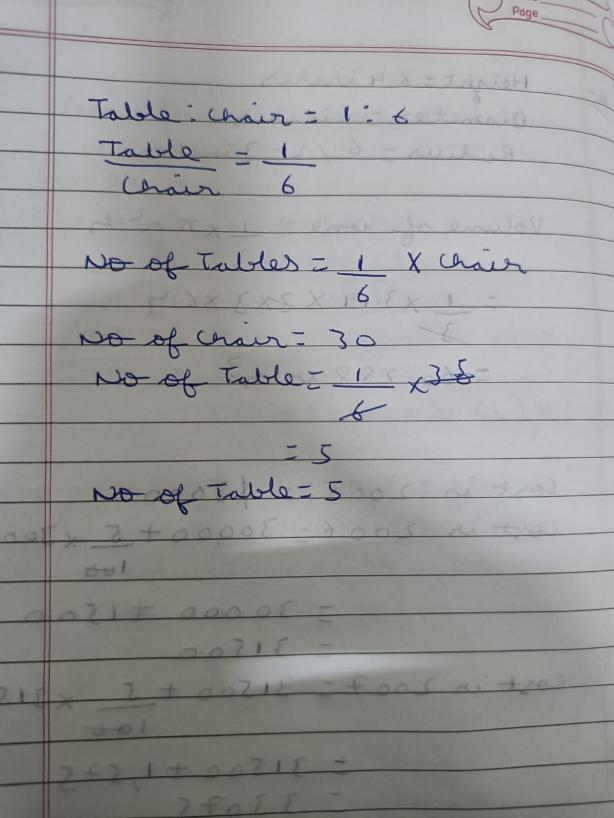
y=2x+15
where y=Value of coin
x=Age in years
Value of coin after 19 years=2*19+15
=$53
Therefore, Value after 19 years=$53

It will provide an instant answer!
